Flag with a sword. What do the symbols on flags in different countries mean?
1. Canada and maple
IN next year The modern Canadian flag turns 50 years old. It was approved on February 15, 1965 at a ceremony in the Parliament Hill building in Ottawa. At noon, to the sounds of the Canadian national anthem "O Canada" and the British national anthem "God Save the Queen", the old flag was lowered and replaced with a red, white and red banner. These colors are the official colors of the country, which were adopted under the reign of King George V of the United Kingdom of Great Britain and Ireland in 1921. It is believed that the two red stripes on the sides symbolize the Pacific and Atlantic Oceans, which border Canada. At the center of the banner is an 11-pointed red maple leaf, a symbol of Canada since the 18th century, signifying the unity of the nation.
Interestingly, the first version of the country’s national flag (1867) also featured a maple leaf, or rather a wreath of leaves. It was Prime Minister Lester Pearson who came up with the idea to adopt a new flag design. One fine day, or rather, one fine Friday evening in 1964, he persistently asked to provide him with a model of the flag. The design team led by Mr. Donovan had to work hard so that by the next morning the Prime Minister could receive a finished version of the flag. Donovan's daughter was invited as a seamstress, since the team could not find anyone else who could quickly come and help. It is interesting that 30 years later, during the official celebration of the anniversary, she admitted that at that time she practically did not know how to sew. That evening Joan simply decided to help her father, although she planned to spend Friday evening more in an interesting way. Without even knowing it, she became involved in the history of her country.
The flag of the Republic of Cyprus features two olive branches crossed under an island depicted on a white background. The olive tree represents peace, as does White color. In the case of the flag, the branches symbolize peace between the main ethnic groups of the country: Greek Cypriots and Turkish Cypriots. Two branches were chosen in their honor. It is no coincidence that the color of the island is copper. He points to the copper ore for which Cyprus has been famous since antiquity. Interestingly, copper (Cuprum) got its name in honor of Cyprus (Cyprus).
The issue of creating a national flag was raised after the island gained independence from Great Britain in 1960. The competition for the best flag design was won by Turkish Cypriot Ismet Güney, a teacher by profession. He, like other participants in the competition, faced a difficult task - to create such a flag that neighboring countries would not have any claims. That is, it was forbidden to use blue and red - the colors of the national flags of Greece and Turkey, as well as to depict a cross and a crescent. The design proposed by the teacher was liked more than others by the first president of the republic, Archbishop Macarius III, and Vice-President Fazil Küçük, who initiated the adoption of the state flag.
3. Lebanon and cedar
The flag of Lebanon, like the flag of Canada, is a white cloth with red stripes, in the center of which is a plant - the symbol of the country. However, the stripes on the Lebanese flag frame it at the top and bottom, rather than on the sides. In addition, the plant - the cedar of Lebanon - is green, not red, like the Canadian flag.
According to Article 5 of the Lebanese Constitution, red symbolizes martyrdom, and white symbolizes the snowy peaks of the Lebanese mountains. Cedar is an ancient symbol of the country. This tree grows on the slopes of mountains in Lebanon at an altitude of 1000-2000 meters above sea level. Cedar was used in shipbuilding: Phoenician sailors walked on Mediterranean Sea on ships made of Lebanese cedar. In addition, temples were built with its help, so this tree personifies tolerance and immortality. There are other interpretations of the colors of the flag, for example: white stands for purity and peace, and red symbolizes the blood shed in the struggle for independence, which the country gained in 1943.
4. Hong Kong and Bauhinia
The modern flag of Hong Kong is very young. It was adopted on February 16, 1990, and 6 years later it was officially approved by the PRC. It was not until July 1, 1997 that it was raised for the first time at the ceremony of transfer of sovereignty. Until this day, Hong Kong was officially under British rule, which captured it in 1842. Flag of the Chinese Special Administrative Region People's Republic is a red panel, in the center of which there is an image White flower with five petals - bauhinia (Bauhinia blakeana), or, as it is also called, “Hong Kong orchid”. It is believed that this flower was found in Hong Kong. It serves as a symbol of harmony in the political principle of “one country, two systems.” Each of the five petals features one star, which refers to the Chinese flag (the personification of the leadership of the Communist Party and Mao Zedong's 4 classes: the proletariat, the peasantry, the intelligentsia and the army). These stars symbolize Hong Kong's unity with China, as does red, the color of communism. It emphasizes the territorial affiliation of post-colonial Hong Kong with China.
5. Equatorial Guinea and the cotton tree
The flag of this African country consists of three horizontal stripes of green, white and red, as well as a blue triangle on the left side. These colors have a special symbolism, namely: green represents Agriculture countries, white - peace, red - shed blood, and blue is the Atlantic Ocean, which washes Equatorial Guinea.
In the center of the cloth is a coat of arms, which is a shield. Above it are 6 golden six-pointed stars, representing the provinces of the republic. At the bottom of the shield is a silver ribbon with the state motto “UNIDAD PAZ Y JUSTICIA” (“Unity, Peace and Justice”), and in the center is a cotton tree, or bombax. In the 19th century it was called the tree of the gods. There is a legend that the first agreement between Spain and the local ruler was signed under it. The modern flag was adopted on October 12, 1968 after the declaration of independence of the Republic of Equatorial Guinea.
6. Haiti and palm tree
The coat of arms of Haiti is also depicted on the flag of this country. It is a white square with many different details. If you look closely, you can see a palm tree that rises in the center of the colorful composition, its top is covered with a cap of freedom, and at the base there are various war trophies. At the bottom of the coat of arms is the motto "L" Union Fait La Force", which is translated from French, one of two official languages Haiti means "Unity is strength." By the way, Haiti is the only independent state in America, where it predominates French. Until 1804, this territory was dependent on France.
The French past is also reflected in the colors of the flag: blue and red horizontal stripes, which symbolize the union of mulattoes and blacks. The modern national flag was adopted on February 25, 1986.
7. Mexico and cactus
The Mexican tricolor, adopted on September 16, 1968, is very similar to the Italian one. It also consists of three vertical stripes of green, white and red. The only thing that distinguishes it is the image of the coat of arms of Mexico, which is located on the central white stripe of the flag. It shows an eagle sitting on a cactus, which has grabbed a snake with its beak. According to legend, it was precisely such a dramatic scene that the Aztec Indians were supposed to find when they wandered for 130 years. North America. The god of the sun and war, Huitzilopochtli, predicted that they would found a settlement in the place where they would find an eagle devouring a snake. So in 1325 the city of Tenochtitlan was founded, which translated means “place of thorny cacti.” Today in its place is Mexico City. As for the colors of the flag, they have a more down-to-earth interpretation. Green represents the vegetation and hope of the country, white represents purity, and red represents the blood shed for the country's independence.
2
The national flag is the symbol of the country. Its color and image on it were not chosen by chance; they reflect the philosophy of the people who live on the territory of the state. Sometimes the flag design reflects geographical features or facts of history. There are very interesting symbols that decorate the flags of some countries. They are not immediately clear to representatives of other states and require clarification. Here are the strangest images on the flags of different countries. The image on the flag is a composition of three seemingly incompatible things: a rifle, a book and a hoe. But, as it turns out, according to the inhabitants of this country, everything is natural: the book symbolizes the importance of education in this country, the hoe is a developed agriculture, and assault rifle- a symbol of protection and vigilance of the people of Mozambique. At first glance, there is a sun in the middle of the red field, and a tennis ball in its center. In fact, the rays of the sun, of which there are only 40, are the forty tribes that form the people of today's Kyrgyzstan, the crossed lines in the center are a yurt, the dwelling of nomads (view from above). In general, the red background is the courage of the people, the sun is peace and prosperity, the yurt is a symbol of the father’s home. The only flag that is not rectangular in shape. It unites two triangles, which represent two mountain peaks - northern and southern. And the sun and moon symbolize the eternity of the state of Nepal. The island's flag features a figure called a triskelion - three running legs joined at the center. What does it symbolize this figure, known only to the inhabitants of the island. Most likely, this is an indicator that life on the island does not stand still. In the center of the flag - rare bird, a gray crane that nests in the savannah of this country. The raised leg of a bird, ready to take a step, is an indicator of the country's movement forward, and the stripes of three colors symbolize the representatives of the race (black), the sun and light - yellow, national unity - red. A drawing consisting of symbols is called “Soyombo” in Mongolia. It indicates that in Mongolia all the elements are harmoniously combined - fire and water, earth and sun, moon and air, as well as the Yin-Yang sign - harmony in relationships. The entire structure is crowned with a flame with three tongues - the union of the past, present and future. At the same time, the blue and red stripes symbolize blue sky and the flame of victory, as well as a peaceful fire in the steppe. The symbol depicted on the flag of Angola is somewhat reminiscent of the Hammer and Sickle that once adorned the coat of arms and flag Soviet Union. Only the flag of Angola depicts a cogwheel or gear, which symbolizes industry, and the machete symbolizes both agriculture and struggle. A very impressive symbol in the form of a medieval castle on the flag of this country. But the castle is not a real structure, but only symbolizes the Rock of Gibraltar - a natural monument and the pride of Gibraltar, and the key symbolically opens the exit to the Mediterranean. The flag of this country is interesting because its design was developed by a 15-year-old schoolgirl, and it was adopted virtually without amendments. The black left triangle is the night sky in which the Southern Cross constellation is visible, indicating Southern Hemisphere, where New Guinea is located. And the right red triangle is a sunny country where birds of paradise are found, which actually live in this natural area. Two blue stripes, symbolizing the sea, are separated by a yellow stripe, representing sand. The trident is a symbol of the principle of governing the country: “for the people, with the people, from the people.” It is also an attribute of the God of the seas, Neptune, who controls the elements, and an indicator of the country’s colonial past, with which the state has parted ways - the trident is separated from the shaft. What do the symbols on the flags mean? different countries
1. Mozambique.



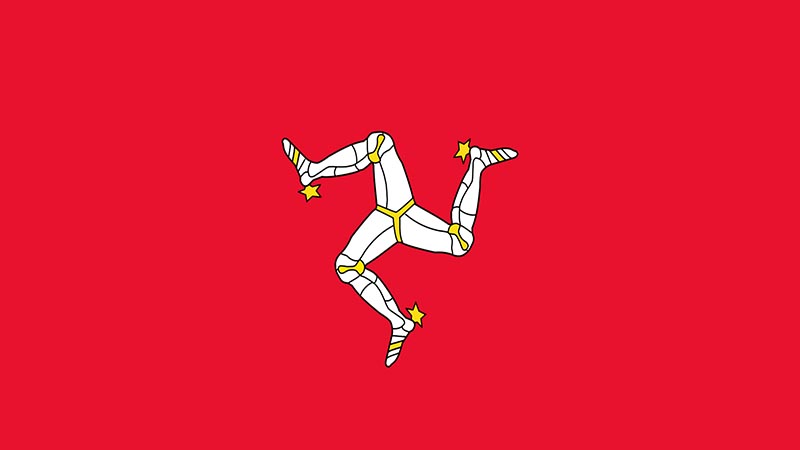



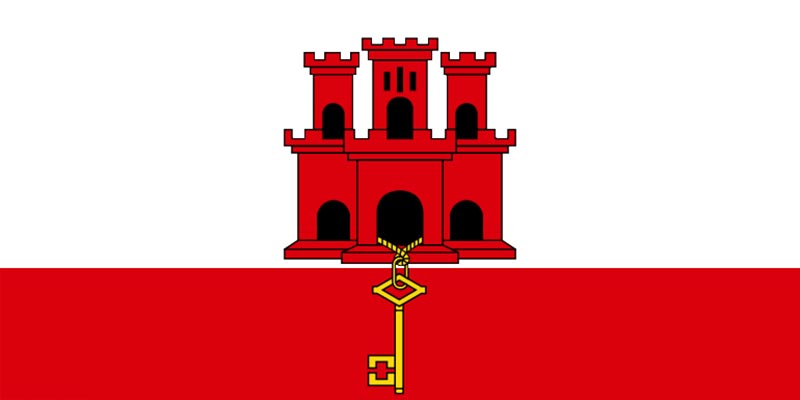

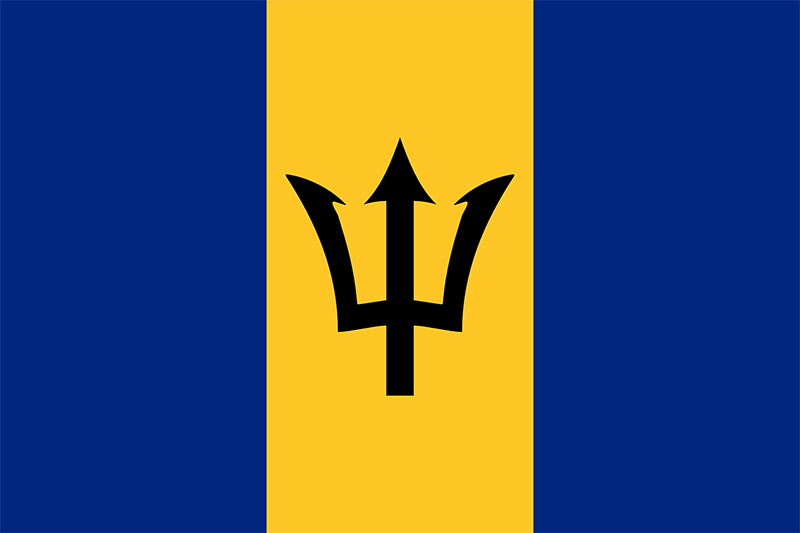
The banner, the flag, the pennant - since the days of tribal wars they have played an important and understandable role - to declare and warn, demonstrating intentions and ambitions. The flag is not just an emblem, but a real ideology. Of course, over the past centuries, the primary function of the flag has lost some of its relevance, but among the same type and boring flags there are truly interesting ones.
We have collected the most unusual flags in recent and not-so-history that are worth knowing about.
(Total 8 photos)
Post sponsor: Source: trendymen.ru
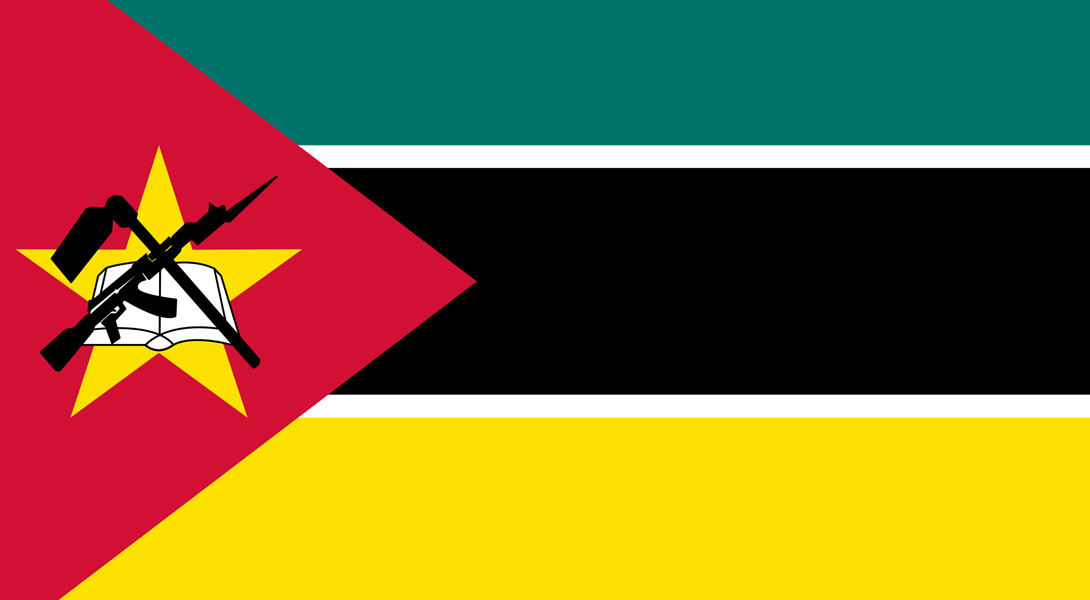
1. Mozambique
The only national flag in the world on which weapons are depicted - both military and agricultural. A hoe crossed with a Kalashnikov assault rifle - State symbols African country, which immediately give an idea of the state of affairs inside. Civil War there has not stopped for many decades, and conflicts continue to this day.
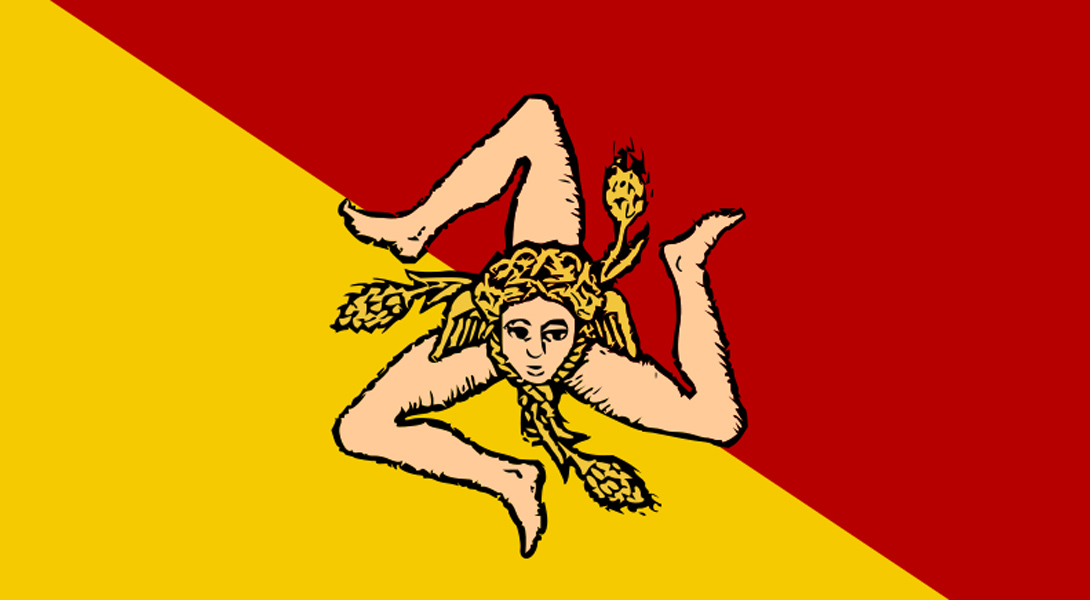
2. Sicily
The ancient flag of Sicily was first adopted in 1282 after the events of the Sicilian Vespers in Palermo. The flag is characterized by the presence in the center of a triskelion (images of three legs emerging from a common center), the head of the Gorgon Medusa, as well as three snakes or three ears of wheat, also emerging from the center of the image. The three legs symbolize the three extreme points of the island of Sicily. Trinacria, another name for triskelion (from the Greek word trinacrios meaning triangle), is also the first name given to the island in the ancient period by the Greeks, who discovered upon discovery of the island that it was triangular in shape. The colors of the flag represent the cities of Palermo and Corleone, which founded a confederation against the House of Angevin that ruled Sicily.

Even though Hawaii was never part of the British Empire, the archipelago still has a flag with clear colonial overtones. This happened by pure coincidence - back in the days when Hawaii was ruled by the local monarch Kamameha. He was so captivated by the beauty of the Union Jack that he decided to adopt a variation on the theme as the official flag of his island nation.

4. Isle of Man
Another triskelion on the world map, one of the oldest flags in the world, the last change was the second half of the 13th century, but was officially adopted only on August 27, 1971.
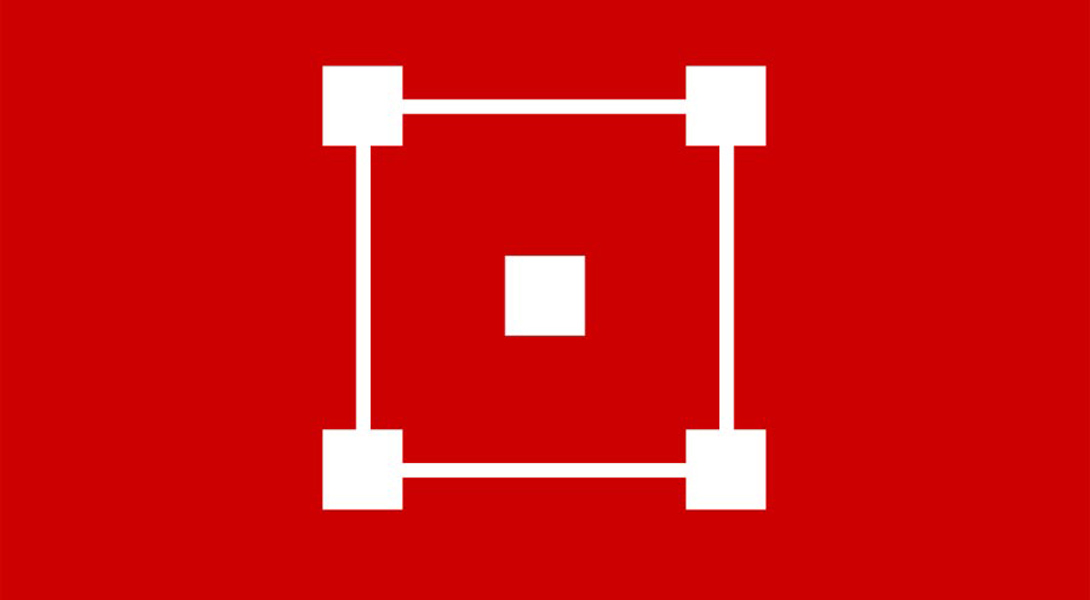
5. Cambodia
Flag of Cambodia during the Japanese occupation 1942-1945. The flag has clear militaristic and political overtones.
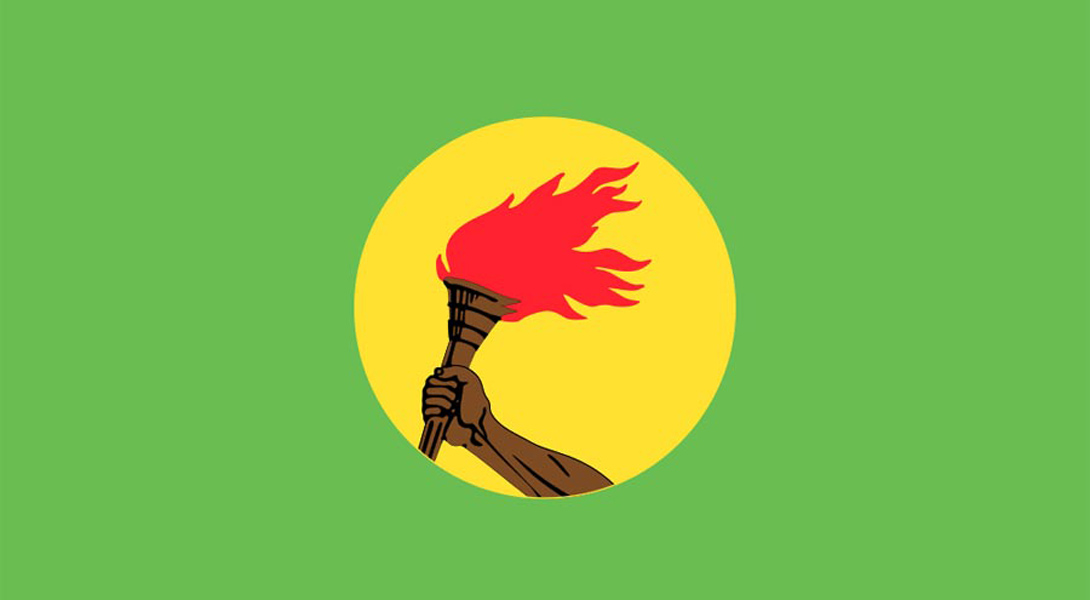
The revolutionary poster motif is reflected on the flag of Zaire, a country in which the struggle for freedom did not stop throughout the twentieth century.
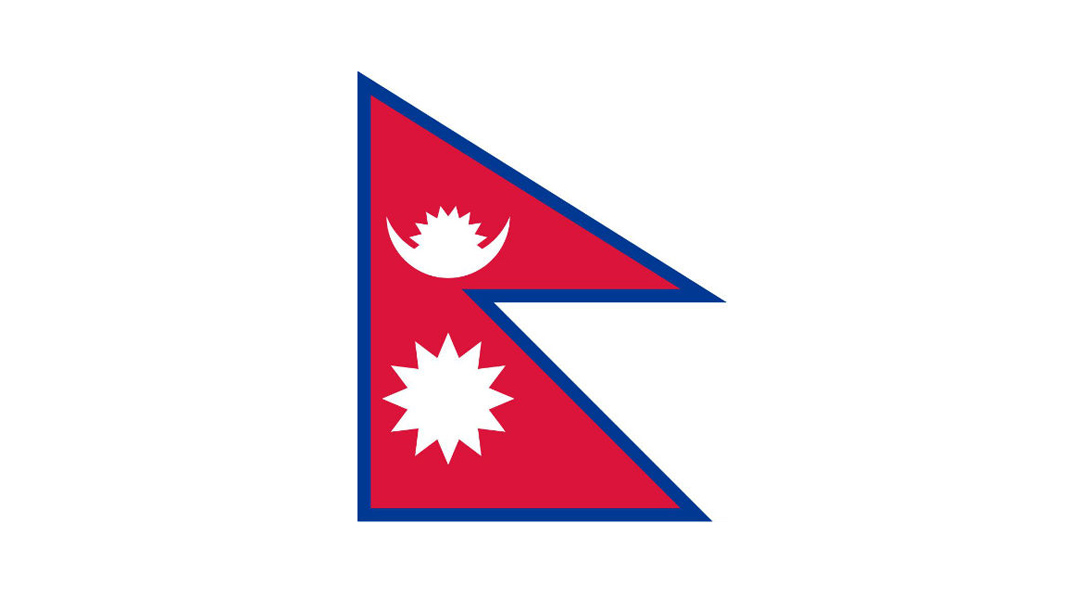
The only national flag that is not a classic quadrangle.

8. Antarctica
Although Antarctica does not have statehood, it does have a flag, and it makes it clear that it is neutral territory.













